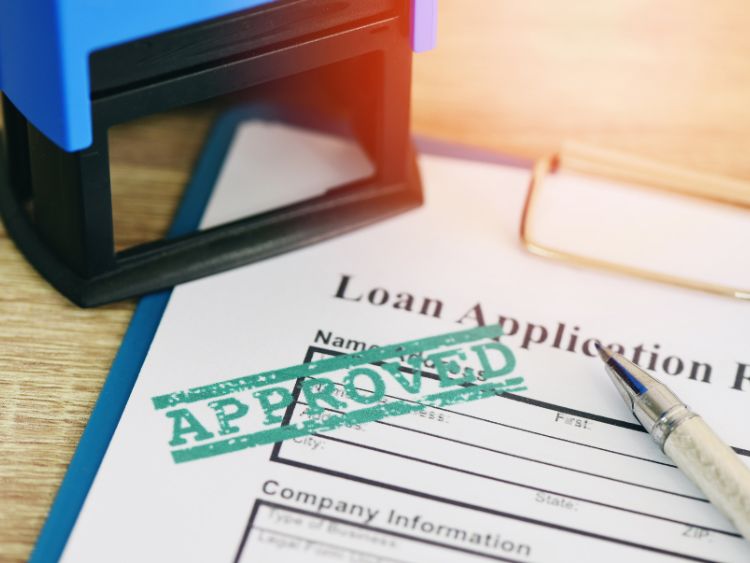In today’s financial landscape, the term “bad debt loans” often pops up, especially when traditional borrowing becomes a steep hill to climb. These loans can be a lifeline for individuals whose financial history is less than stellar, offering a glimmer of hope in what may seem like a bleak situation. But what exactly are bad debt loans, and how can one navigate the complexities surrounding them? This article dives deep into the world of bad debt loans, shedding light on their nuances and offering insights on how to approach them wisely.
What Are Bad Debt Loans?
Bad debt loans are financial products designed for individuals with poor credit histories or low credit scores. These loans offer a financial lifeline to those who may not qualify for traditional loans due to their credit standing. However, they often come with higher interest rates and more stringent terms to offset the lender’s risk.
Why Choose a Bad Debt Loan?
- Accessibility: They’re more accessible to people with bad credit.
- Emergency Funding: Ideal for urgent financial needs.
- Credit Improvement: Timely repayment can help improve your credit score.
The Types of Bad Debt Loans
- Secured Loans: Require collateral but offer lower interest rates.
- Unsecured Loans: No collateral needed but usually come with higher interest rates.
- Payday Loans: Short-term, high-interest loans designed for immediate cash needs.
- Peer-to-Peer Loans: Funded by individual investors rather than traditional financial institutions.
How to Secure a Bad Debt Loan Wisely
Securing a bad debt loan requires careful consideration and smart planning. Here’s how to approach it:
- Assess Your Financial Situation: Understand your financial needs and your ability to repay the loan.
- Research: Look into various lenders and loan options to find the best terms.
- Read the Fine Print: Be fully aware of the terms and conditions, including interest rates and repayment schedules.
- Consider Alternatives: Explore other financial avenues, like borrowing from family or selling unused items.
Tips for Managing Bad Debt Loans
- Create a Budget: Track your income and expenses to manage repayments effectively.
- Prioritize Repayments: Ensure timely payments to avoid additional charges.
- Communicate with Your Lender: If you’re struggling, discuss your situation with the lender to find possible solutions.
FAQs on Bad Debt Loans
Q: Are bad debt loans the same as payday loans? A: Not exactly. While payday loans are a type of bad debt loan, not all bad debt loans are payday loans. The term encompasses a broader range of loan products for individuals with poor credit.
Q: Can taking out a bad debt loan improve my credit score? A: Yes, if managed responsibly. Making timely repayments can positively impact your credit score over time.
Q: What’s the biggest risk of taking out a bad debt loan? A: The high-interest rates and fees can trap borrowers in a cycle of debt if not managed properly.
Summary
Navigating the world of bad debt loans requires a balanced approach, blending caution with optimism. These loans can serve as a bridge over troubled financial waters, provided they’re handled with care. By understanding their intricacies, assessing personal financial health, and planning repayments meticulously, individuals can leverage bad debt loans to their advantage without falling prey to their potential pitfalls. Remember, while the road to financial recovery can be challenging, informed decisions and responsible borrowing can pave the way to a brighter financial future.





